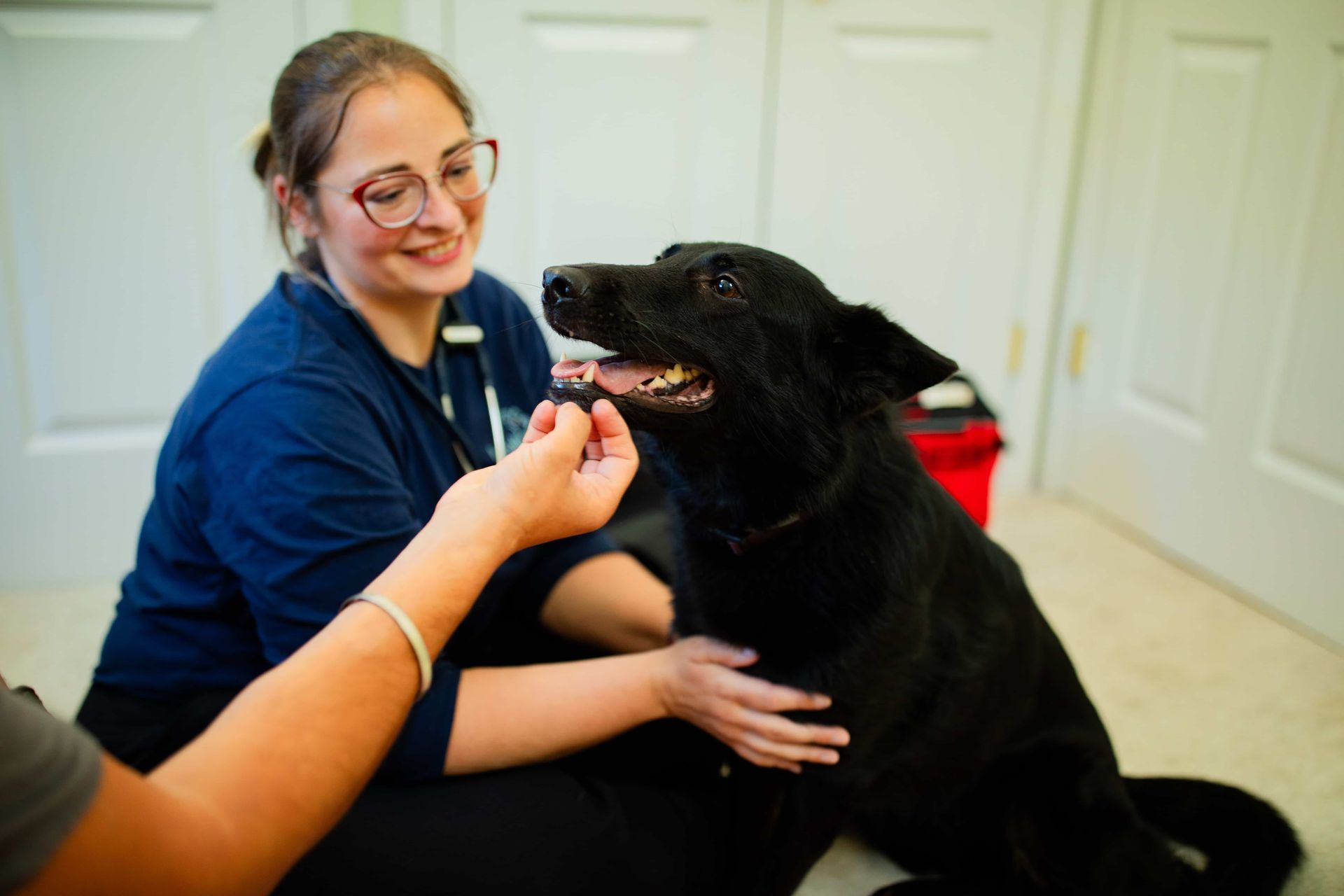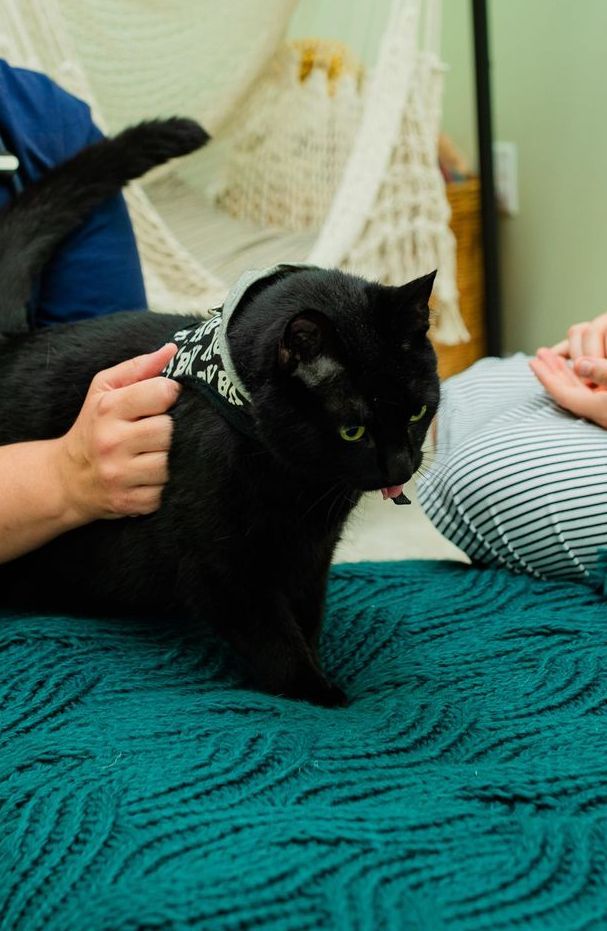Pet Rehabilitation
Veterinary pet rehab can accelerate your pet through injury recovery, arthritis, weakness, weight loss, and age-related changes. It also helps with pre- and post-operative care, general conditioning, and athletic performance. Whether your pet is a working dog, an athlete, or a beloved companion, rehab can enhance mobility, reduce pain, and support a better quality of life.
Support your pet's recovery through in-home veterinary rehabilitation.
PAIN MANAGEMENT
| IMPROVED MOBILITY & FLEXIBILITY
| STRENGTH & ENDURANCE
|
FASTER POST-SURGICAL RECOVERY
| WEIGHT MANAGEMENT
| Accelerated Recovery from Injuries
| INJURY PREVENTION
|
IMPROVED MOOD
| IMPROVED QUALITY OF LIFE
| Improved performance
Therapies and treatment plans can be carried out in your home and are appropriate for canine athletes, working dogs, and family pets of all activity levels.
Benefits of IN-HOME PET REHAB
NO CLINIC ANXIETY
Pets remain in their familiar home setting, avoiding the stress and fear that can come with traveling to and waiting in a clinic.
Distraction-Free
Treatments take place in your pet’s own space, where they’re calm and focused without the disruptions of a busy clinic.
Familiar Home Environment
Being at home means exercises can use familiar features like stairs, furniture, or rugs, making them easier for you to repeat between visits.
Pet Owner Convenience
Mobile services save the time and effort it takes to transport your furry friend, especially elderly or injured ones.
More Accurate Assessment
Pet behavior can be skewed by stress and adrenaline in an in-clinic setting. Observing your pet at home allows me to realistically evaluate movement and behavior.
Frequently Asked Questions About Pet Rehab
TAKE THE NEXT STEP:
Book your initial appointment
so we can discuss your pet’s specific needs.





